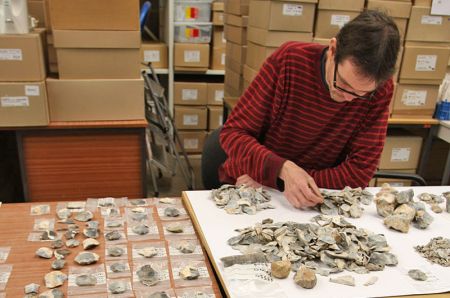Toolkit for Selecting Archaeological Archives

Version 1.1 (March 2022)
This toolkit provides a set of useful and flexible resources to assist archaeological practitioners during the creation of project-specific Selection Strategies for the Working Project Archive. Use of the toolkit is not required but it is necessary for a selection strategy to be developed for all archaeological projects. The toolkit can be used to aid and inform that process.
